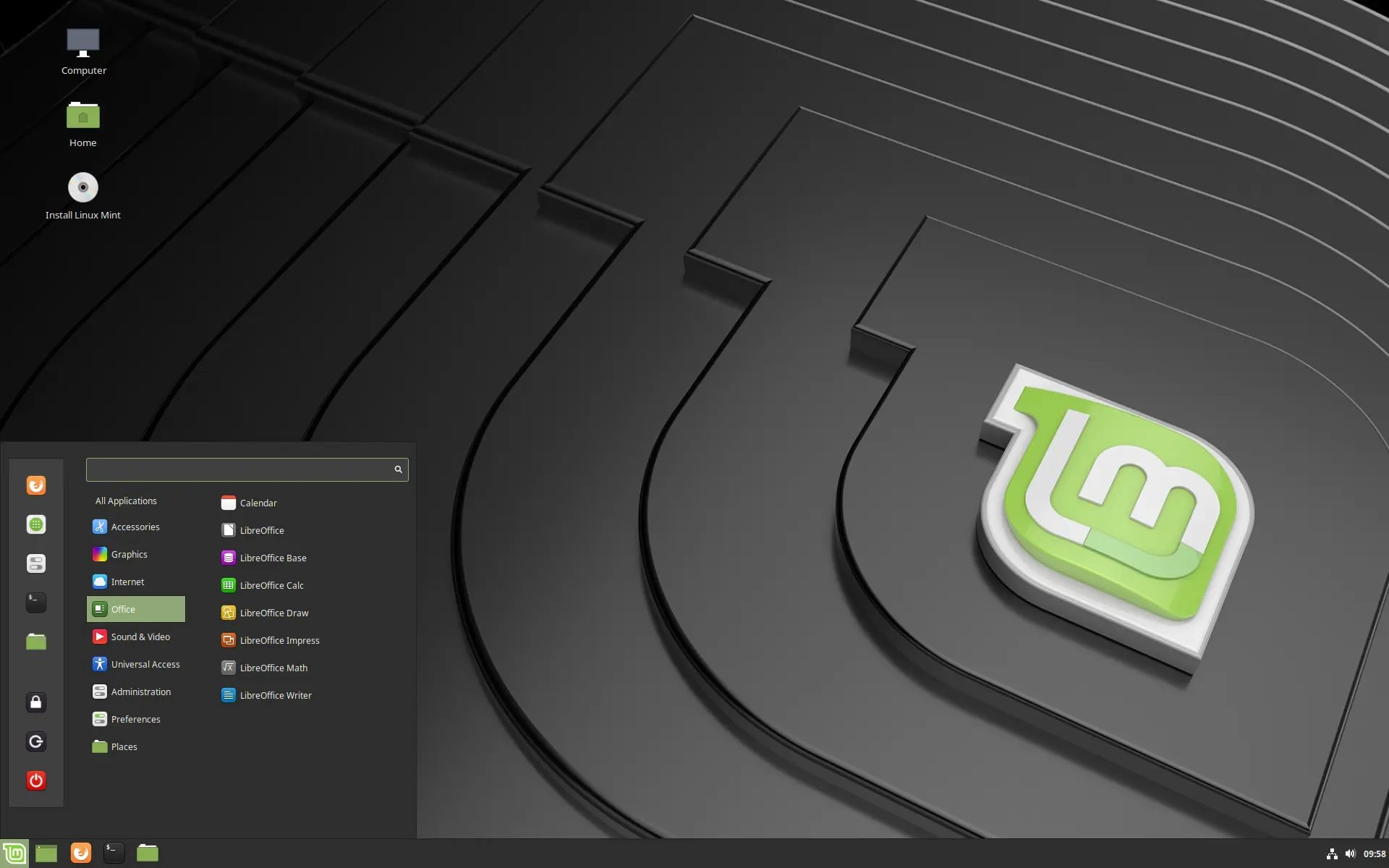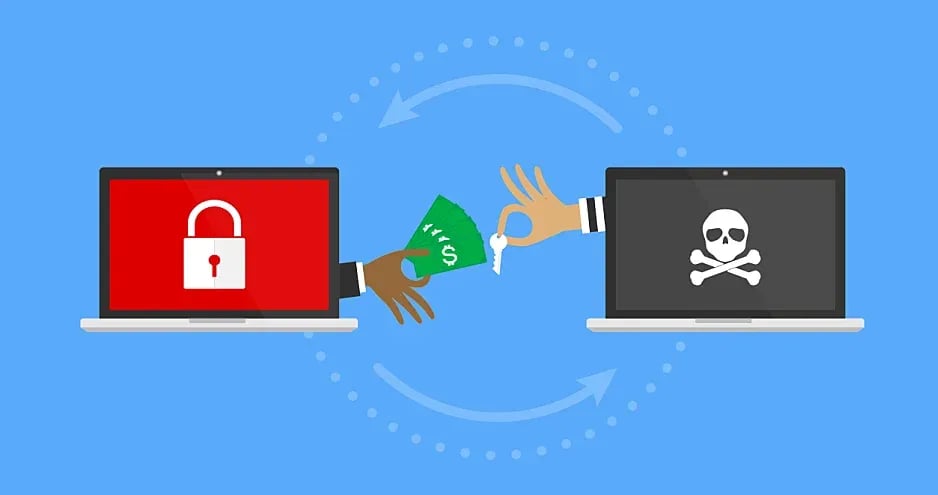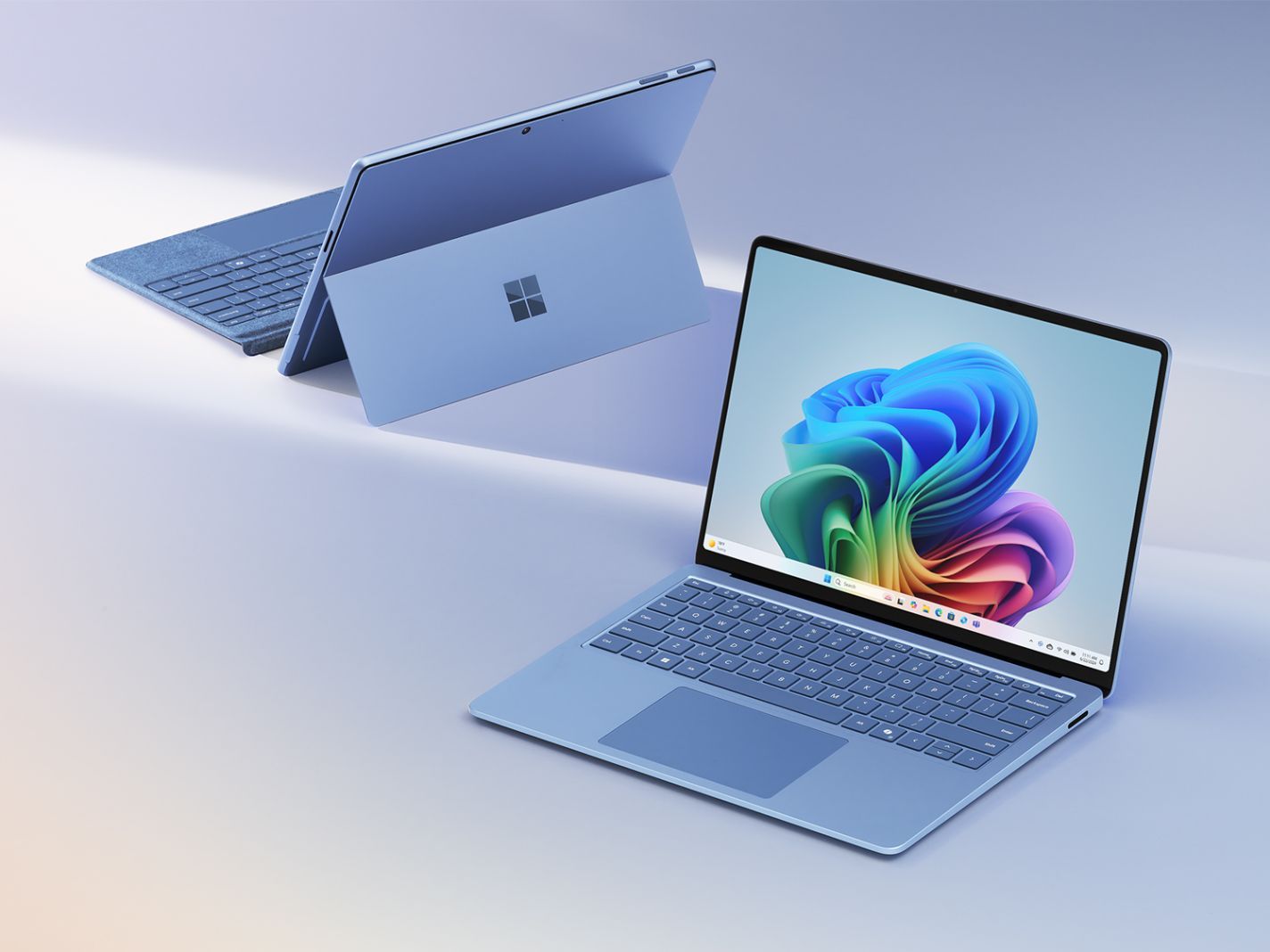For Linux to Succeed on the Desktop, It Needs a New Mindset
Linux has made incredible strides over the years. But let’s be honest: when it comes to the desktop, Linux is still on the sidelines. Servers? Absolutely. Supercomputers? All day long. But in the everyday world of desktops — where real people do real work — Linux is barely a blip compared to Windows and macOS.
If Linux ever wants a seat at the table as a legitimate desktop OS, the community needs to fundamentally rethink its approach. It starts with this: think like the end user.
1. Think Like the End User
The reason Windows and Mac dominate 99.9% of the desktop market is simple: Microsoft and Apple understood early on that computers were supposed to help people be more productive.
When they borrowed ideas from Xerox’s research labs, they saw the future — a world where people could interact with computers naturally and intuitively. They built operating systems that served the user first.
While you can say what you want about Steve Wozniak, Steve Jobs, or Bill Gates, they shared one obsession: getting computers into the hands of every person on the planet — by making them user friendly. They knew if computers were too complicated, they would remain a hobbyist tool for a few — not the world-changing force they are today.
Even now, with our smartphones, simplicity is still the key. People choose what’s easy, intuitive, and reliable.
Sure, Linux fanboys will argue that ChromeOS proves Linux can succeed. Technically, Chromebooks run a Linux kernel underneath. But let’s be honest: Chromebooks aren’t full computers — they are input devices designed primarily for cloud access. They can’t run major commercial software natively on the device. That said, ChromeOS is still closer to mass adoption than traditional Linux distros. Why? Because Google thought about the end user first — simplicity, updates, integration — not about infinite customization or endless distros.
Linux could learn from that.
Outside of tech enthusiasts, nobody wants to spend their day tweaking config files or diving into a terminal just to get basic tasks done. Yes, Mac has a terminal. Windows has PowerShell. But 95% of users will never touch them — because they don’t have to.
The everyday user needs an OS that works for them, not one they have to fight with. Until Linux can offer that — consistently and without exception — it will stay stuck in niche territory.
2. The OS and Computer Must Feel Like One (Including Battery Life)
One of the biggest differences between Windows, macOS, and Linux is this: on a Mac or even a good Windows laptop, the hardware and OS feel like they are one system — not a collection of parts bolted together.
Take a MacBook Air or MacBook Pro with an M-series chip. Apple isn’t just assembling hardware and slapping on an OS. They are engineering the hardware and software together to create an experience that is seamless, efficient, and powerful.
The result?
- Stellar battery life — real-world 12–18 hours, not a theoretical 5–6 hours.
- More compute power with less energy draw — the M-series CPU optimizes workloads dynamically.
- A machine that feels lighter, cooler, and faster — all at the same time.
This isn’t an accident. It’s the result of deep integration and ruthless optimization.
Linux, by contrast, often feels like it’s fighting the hardware. Sure, you can get it to run on almost anything, but power management is inconsistent. Battery life is usually poor compared to the same machine running Windows or macOS. Users constantly have to tweak settings or install third-party tools just to get basic features like sleep mode, fan curves, or GPU switching working properly.
This isn’t acceptable for professionals. In the real world, nobody wants to lose hours of battery life just because their OS isn’t properly tuned.
For Linux to succeed on the desktop, it must offer more than just compatibility. It must offer true optimization — hardware and software working together to maximize performance, minimize power draw, and extend usability — the way Mac does so well today.
3. Linux Needs a Champion (and Fewer Choices)
The third issue is choice overload. Yes, choice is nice. No, too much choice is not.
There are hundreds of Linux distributions — each claiming to be “the one.” For most users, this is just confusing and overwhelming. When there are too many options, people get frustrated and walk away.
Linux needs a champion — a focused, unified desktop experience that is polished, stable, and marketed clearly. It needs a flagship distribution that says, “this is Linux for real work,” not endless forks that fragment development and user trust.
4. Linux Needs Commercial Software — Native
Fourth, Linux must attract serious commercial software — natively. Not in a VM. Not through WINE. Not through complicated workarounds.
People don’t choose an OS because it’s “free” or because it lets them tinker. They choose the tools they need to get their work done. CFOs aren’t risking financial reports on LibreOffice. Marketing teams aren’t designing billion-dollar campaigns on GIMP. Engineers aren’t running simulations on watered-down alternatives to real software.
Meanwhile, on Windows and Mac, users have access to:
- Adobe Creative Suite
- Microsoft Office (full version)
- SolidWorks, AutoCAD, Ansys
- LabVIEW, MATLAB, Multisim
- Avid, Premiere Pro, Final Cut Pro
- Power BI, Tableau, SQL integrations
In the professional world — media production, finance, engineering, manufacturing — these tools matter. Until Linux can natively run the tools people already trust, it will remain a side project, not a platform.
5. Hardware Has to “Just Work”
Finally, Linux needs to nail hardware compatibility — not eventually, not after a kernel patch, not after hours in online forums.
At my previous organization, we installed an 85-foot digital wall for a production environment. It just worked — on Windows and macOS. In professional settings — broadcasting, film, engineering — you don’t have the luxury to tinker when deadlines are on the line.
Linux must “just work” out of the box — on laptops, desktops, peripherals, production equipment — not just theoretically, but reliably, day in and day out.
There Is a Path Forward — But It Will Require Change
The good news? This isn’t impossible.
If the Linux community is willing to rethink its approach, a true desktop alternative could happen. If someone like Mark Shuttleworth (founder of Ubuntu) could rally developers, focus on polishing the OS, and — most importantly — convince major companies like Microsoft, Adobe, and others to develop their commercial software for Linux, the game would change.
But it will require investment — not just a passion project or hobbyist enthusiasm. It may mean paying top talent to build a polished, consistent, and unified user experience. It would mean creating an ecosystem where businesses and creative professionals feel confident that Linux isn’t just an experiment — it’s a real platform for real work.
The OS would need to feel complete — where the hardware, software, power management, and user experience are integrated as tightly as what you get today on a MacBook.
If Linux can shift from “what’s possible” to “what just works,” it could finally take its place alongside Windows and macOS — not as a server king, but as a real desktop force.
The door is open. The opportunity is real. But it will take more than hope. It will take leadership, investment, and a complete mindset change.
Bibliography
1. Linux Still Struggles on Desktop Adoption
- Vaughan-Nichols, Steven J. “Why Linux Desktops Still Haven’t Taken Off — and Why They Might Yet.” ZDNet, January 4, 2023. https://www.zdnet.com/article/why-linux-desktops-still-havent-taken-off-and-why-they-might-yet/
- Bright, Peter. “Linux Desktop Usage Remains Tiny Despite Yearly Predictions.” Ars Technica, July 2023. https://arstechnica.com/gadgets/2023/07/linux-desktop-still-not-mainstream/
2. Hardware Optimization and Battery Life Excellence (Mac M-Series Example)
- Patel, Nilay. “Apple’s M3 MacBooks Are Here — and Intel Should Still Be Worried.” The Verge, October 30, 2023. https://www.theverge.com/2023/10/30/23938715/apple-m3-macbook-air-pro-announcement-specs
- Hardawar, Devindra. “MacBook Air M2 Review: Apple’s Near-Perfect Laptop.” Engadget, July 15, 2022. https://www.engadget.com/macbook-air-m2-review-130020282.html
3. Software Ecosystem is Key (Adobe, Microsoft, Commercial Apps)
- Bell, Karissa. “Adobe Brings Photoshop to the Web — but Linux Users Are Still Left Out.” Mashable, September 27, 2023. https://mashable.com/article/adobe-photoshop-web-app-linux
- Amadeo, Ron. “Microsoft 365 Now Available as Web Apps Everywhere — Except Linux.” Ars Technica, August 2022. https://arstechnica.com/gadgets/2022/08/microsoft-365-web-app-linux-issues/
4. Fragmentation and the Challenge of Too Many Distros
- Sneddon, Joey. “Why Ubuntu Remains Linux’s Best Shot at Desktop Success.” OMG! Ubuntu!, June 20, 2023. https://www.omgubuntu.co.uk/2023/06/ubuntu-best-chance-linux-desktop
- Lutkevich, Ben. “What Are Linux Distributions and Why Are There So Many?” TechTarget, May 2023. https://www.techtarget.com/searchdatacenter/definition/Linux-distribution
5. The Importance of a Paid, Polished, Professional Push
- Kelly, Gordon. “Why Canonical (Ubuntu’s Parent Company) Is Betting Big on Enterprise and Paid Services.” Forbes, September 2022. https://www.forbes.com/sites/gordonkelly/2022/09/05/ubuntu-canonical-linux-business-future/
- Byfield, Bruce. “The End of the Volunteer Model? Why Linux Needs Professional Development.” Linux Magazine, December 2023. https://www.linux-magazine.com/Issues/2023/267/Linux-Professionalism












